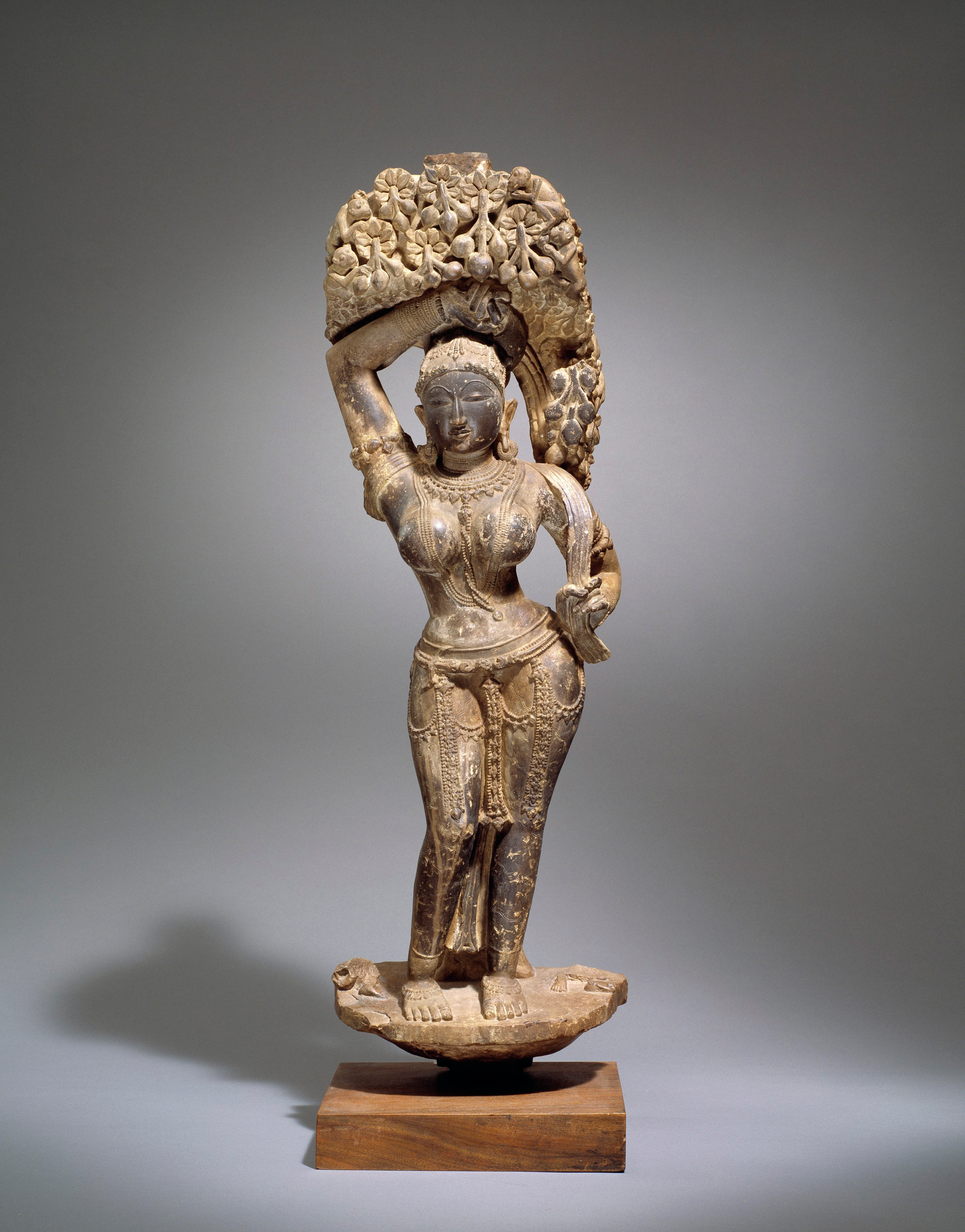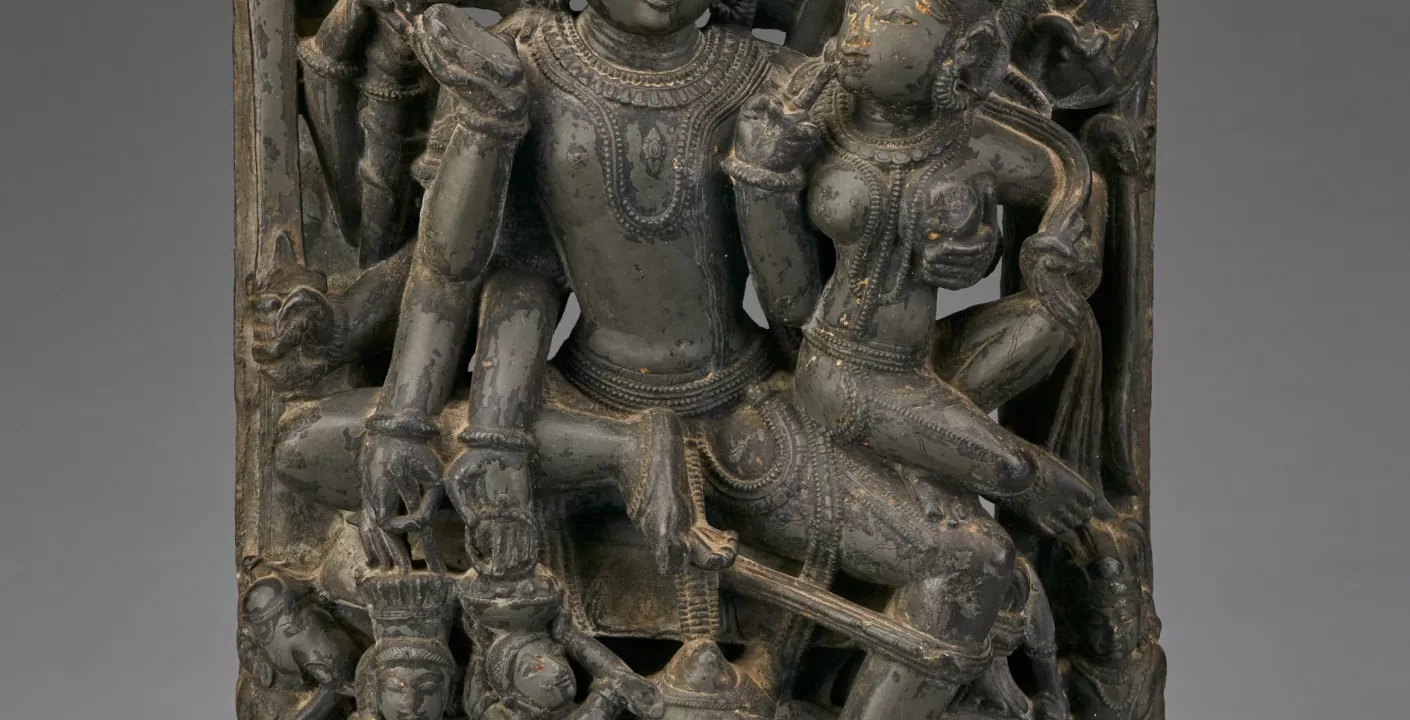In an effort to maintain transparency and further their commitment to ethical collecting practices, the Denver Art Museum (DAM) has shared information regarding the restitution of two significant sculptures to the Republic of India. These invaluable artifacts were part of the museum’s Arts of Asia collection, and their return was facilitated in collaboration with government officials in both the United States and India.
Celestial Woman (Tree Goddess) – 2019

One of the returned sculptures is the renowned Celestial Woman, also referred to as the Tree Goddess. The DAM decided to deaccession this artwork in November of 2018. In September 2019, the piece was officially transferred to the Republic of India through the cooperation of the U.S. Attorney’s Office, Eastern District of New York.
Celestial Woman is a 38-inch-tall stone sculpture that depicts a tree goddess. It was generously gifted to the museum in 1982 and had been on long-term loan at the DAM since 1965. The sculpture originates from the Baroli Temple in Rajasthan, India, dating back to the 9th or 10th century.
The museum received a formal repatriation request for this artwork in 2015. Subsequently, in 2016, officials from the U.S. Department of Homeland Security Colorado visited the DAM to view the piece and obtain the necessary provenance information. In August 2018, U.S. officials confirmed that the sculpture had been illicitly removed from the Baroli Temple. In response, the DAM initiated the deaccessioning process and prepared for its return to India.
Sadashiva (Uma-Maheshvara) – 2022

The second sculpture, Sadashiva, also known as Uma-Maheshvara, is a nearly 19-inch-tall limestone artwork hailing from the 11th or 12th century. It was gifted to the DAM in 1976 and was subsequently deaccessioned from the museum’s collection in September 2021. In January 2022, the sculpture was sent to the Consulate General of India in New York.
The decision to deaccession this artifact was driven by the receipt of new information concerning the sculpture’s history. In June 2021, the DAM was contacted directly by Indian officials who presented compelling evidence of the sculpture’s theft in 1967, along with four other sculptures from the temple at Adibadri in Uttrakhand. Although the other three stolen sculptures were not part of the DAM’s collection, the new evidence included photographs, measurements, and an official government report from 1967 verifying the local thefts. Following this exchange and the subsequent deaccessioning of the sculpture, an official agreement regarding ownership, return, and transportation was established between the museum and the Republic of India through the Consulate General of India in New York, ultimately resulting in the repatriation of the artwork.
The Denver Art Museum remains dedicated to upholding ethical collecting standards and continues to conduct rigorous provenance research for both acquisitions and existing objects within its collection. In September 2022, the museum introduced a new Department of Provenance Research to enhance its capacity for this essential work and to further enrich its understanding of the objects within its collections. For additional information and updates on these ongoing endeavors, please visit the museum’s Provenance Research information page at Denver Art Museum – Provenance Research.
Reference – https://www.denverartmuseum.org/en/blog/two-sculptures-returned-republic-india-2019-and-2022


1 Comment
Great provenance. Doesn’t show who stole this from the Indian antiquity. And how it came to USA?